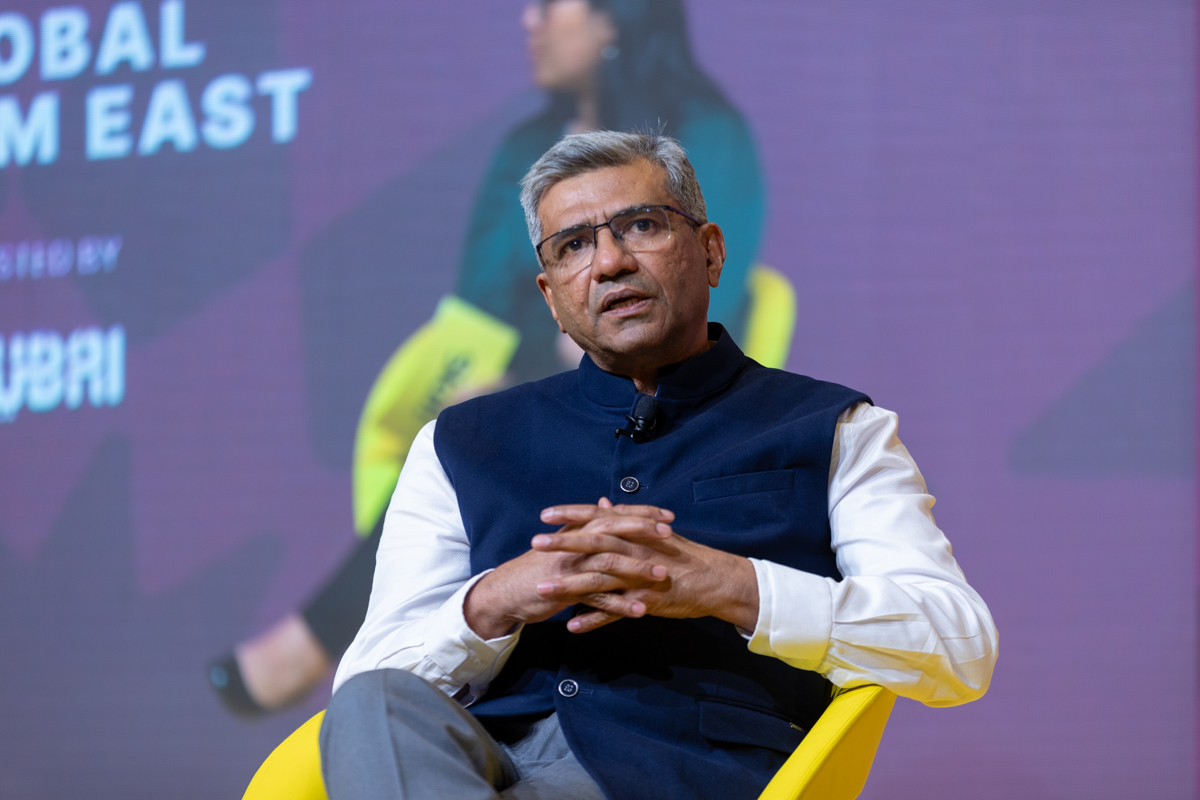The New Air India Express: No Business Class and More Direct Bookings

Skift Take
Low-cost carrier Air India Express is focused on the all-economy side of the business and on serving the smaller cities, said Managing Director Aloke Singh at the Skift Global Forum East Wednesday. The airline has recently merged with AIX Connect as part of the Air India group’s exercise to consolidate its four airlines into two: A full-service airline (Air India) and a low-cost carrier (Air India Express).
“Air India Express operates from the smaller Tier-2, Tier-3 cities into points in the Middle East and Southeast Asia," Singh said. "Smaller regions are markets that we understand well. We are not in the hub-to-hub markets, and those markets are served by full-service Air India,” he said.
Air India Express no longer operates the Delhi-Dubai and Mumbai-Dubai routes, instead focusing on routes such as Goa-Dubai, Jaipur-Dubai, and Amritsar-Dubai. He added that between India and the UAE alone, Air India Express operates 33 flights a day. He estimates that in the India-UAE segment, the airline would hold a market share of about 20%.
No Business Class
Air India Express is not looking to include a business class configuration anytime soon, even as its competitor IndiGo has recently done so.
“Every airline is looking at and challenging their own business models. We are not going to have business class on the aircraft that we operate,” he said. He said that some of its aircraft have business class because a large part of its Boeing 737 fleet was configured according to other carriers and Air India Express acquired them.
“They have come with a business class but we will start reconfiguring them from April onwards. We are not going to operate business class but we do offer hot meals, we are going to have transfer connections over our own hubs to Air India long-haul flights and to other low-cost partners overseas.”
Markets that need a business class will be served by Air India, he said.
Challenges for Air India Express
The airline has been undergoing a transformation, and a big challenge for Air India Express has been getting enough planes and pilots. “The transformation exercise was not just about merging four airlines into two, but it was also about the growth which we had missed over the last couple of decades. There is a massive re-fleeting exercise ongoing.”
He added that the transformation exercise also looks at how the new aircraft will be added into operations and how resources will be built to support the growth that the airline wants to undertake. “There are a lot of components to this transformation and each of them represents a challenge, but opportunities are enormous,” Singh said.
Pricing and Airlines
Direct pricing by airlines has been a point of contention as online travel agencies like Yatra have said this has led to reduction in revenues. Air India has also started promoting direct bookings.
“The way the India market exists, the bulk of the distribution is via third parties, including the OTAs. Every airline would like to own the customer relationship, and that’s how things are going to go forward,” Singh said.
He added, however, that OTAs have their own strengths and there are customers who would like to compare prices and look at different schedules.
“They will always have their share of business and we work with OTAs because there are areas where they bring a lot of strength. Right now, all carriers broadly have about 20% distribution through their own channels, but most certainly, we would like to increase that share even as we work together with the OTAs.”
So it is hardly surprising that the one technology that Singh believes would help Air India Express the most in the future is revenue management systems. “The systems are becoming more sophisticated. If you look at the airline pricing today, it is getting customized to individual needs and this is where the market is headed.”





